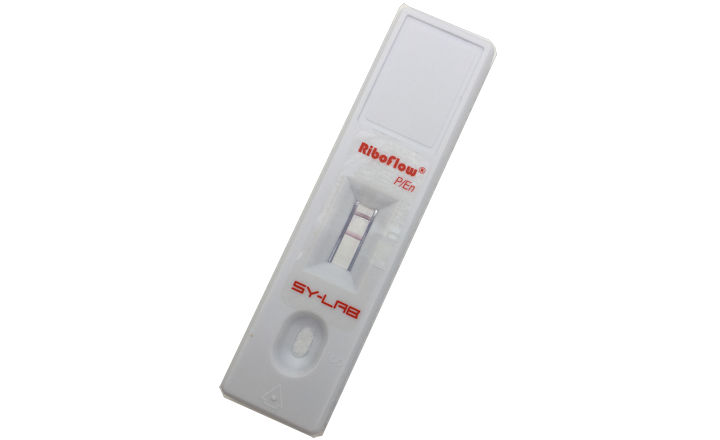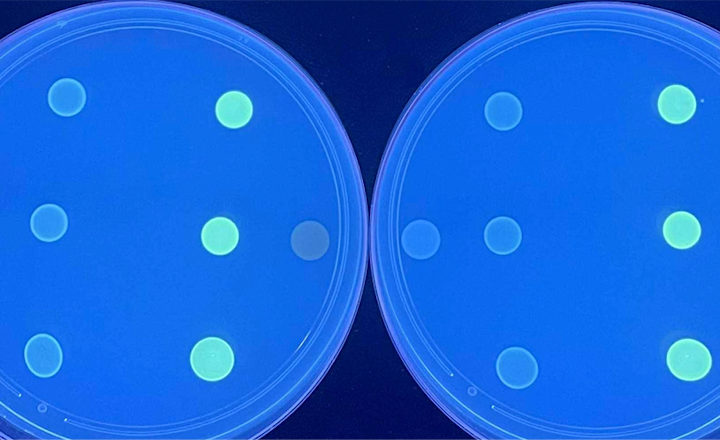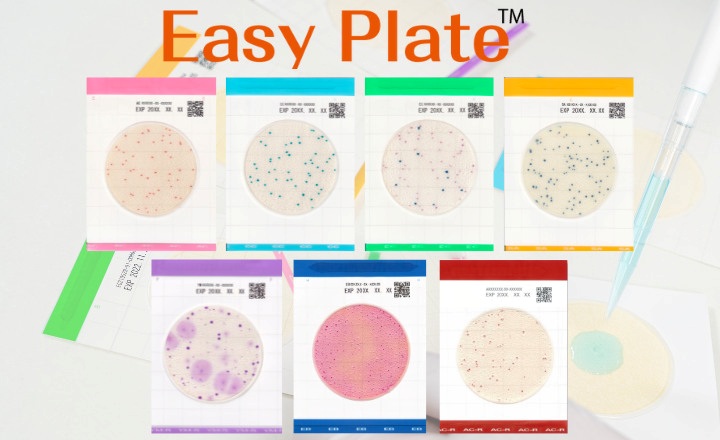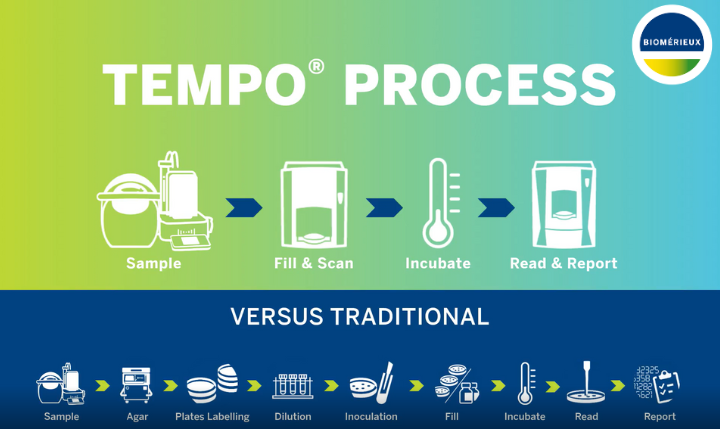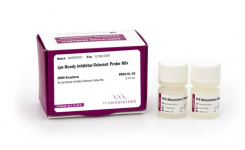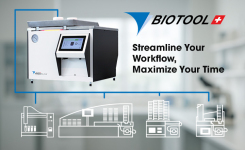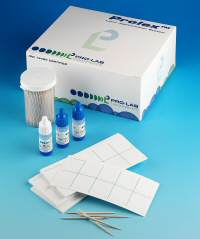
Although most Staphylococcus species are common inhabitants of the skin and mucous membranes, certain species have been found frequently as etiological agents of a variety of human and animal infections.
Superficial supportive infections caused by S. aureus are the most common human staphylococcal infections. Food poisoning and toxic shock syndrome also have been attributed to infection with S. aureus. The coagulase tube test was previously the most widely test used for the identification of S. aureus, however, false positives have led to criticism of this method. Essers and Radebold described a rapid slide agglutination test which has been shown to be a reliable method for identification of S.aureus in the routine bacteriological laboratory.
Latex agglutination reagents used for detection of antigens or antibody have traditionally been prepared by physical adsorption of biological molecules to the surface of plain polystyrene (PS) micro-particles [1].
Although perfectly acceptable latex reagents are created with this methodology, reagent stability and reactivity may be enhanced by covalent attachment of antigens and antibody to functionalized micro-particles. For example, Ortega-Vinuesa et al. [2] observed that covalent attachment of IgG resulted in improved immunodetection of C-reactive protein and storage characteristics relative to passive adsorption. The authors speculated this may have been due to more favorable orientation of the IgG on the surface of sensitized microparticles.
Numerous approaches have been developed for covalent attachment of biological molecules to micro-particles [1]; however, the most common employs carboxylate-modified microparticles (CM-MP) and chemical cross-linking agents.
Prolex™ Latex Agglutination Systems are based on CM-MP and this represents a significant improvement over the traditional latex kits in terms of product performance characteristics, giving faster, clearer and more specific reactions.
The Prolex™ Staph Latex Kit utilizes blue carboxylate-modified microparticles (CM-MP) which have been sensitized with fibrinogen and IgG. When Staphylococcal colonies which possess clumping factor and / or protein A are mixed with the latex reagent, the latex particles agglutinate strongly within 20 seconds.
Features
- As little as one colony required from primary culture
- Enhanced results with blue carboxylate-modified micro-particles (CM-MP)
- Detects both Coagulase and Protein A
- Definitive results obtained within 20 seconds
- Contains negative control
- Available in 2 convenient sizes, 100 tests and 300 tests
- Includes unique agglutination card design
References [1] Molina-Bolivar, J.A. and Galisteo-Gonzalez, F. (2005) Comprehensive Review - Latex Immunagglutination Assays. Journal of Macromolecular Science, Part C: Polymer Reviews 45, 59-98. [2] Ortega-Vinuesa, J.L., Bastos-Gonzalez, D. and Hidalgo-Alvarez, R. (1996) Effect of Storage Time on the Immunoreactivity of IgG Physically Adsorbed or Chemically Bound to Latex Beads. J Colloid Interface Sci 184, 331-334.
| Prolex™ BLUE Staph Latex Kit | Prolex™ BLUE Staph Latex Kit |
| PL.080B | PL.081B |
| Sufficient for 100 Tests. | Sufficient for 300 Tests |
| Contains: Staph Latex Reagent (2 x 2.5 mL) Negative Control Latex Reagent (2.5 mL) Agglutination Cards Mixing Sticks | Contains: Staph Latex Reagent (2 x 7.5 mL) Negative Control Latex Reagent (7.5 mL) Agglutination Cards Mixing Sticks |






